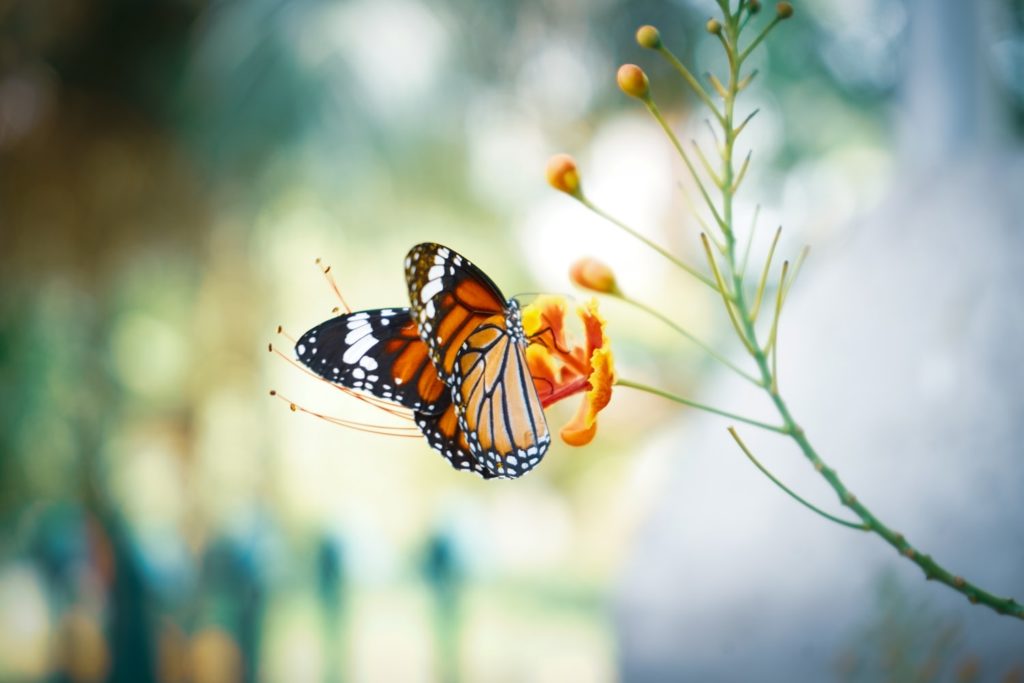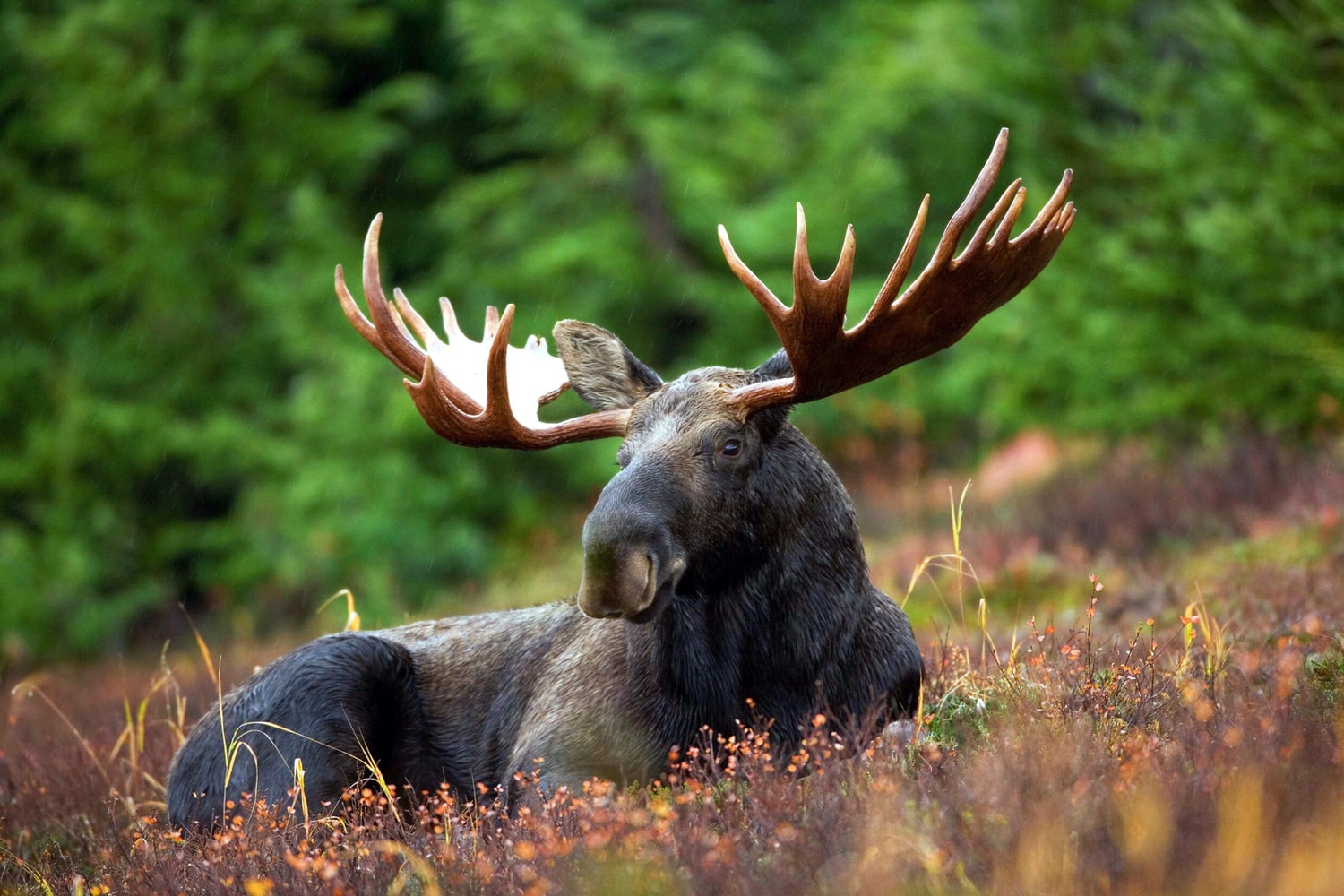The devastating hurricanes, extreme heatwaves and destructive wildfires are definitely affecting us humans, but what about all the other critters on Earth? How are the animals affected by climate change? Here are just some of the many animals that are feeling the affects of climate change and how you can help.
Climate change isn’t new, but its accelerating at a very rapid rate. People all over the planet feel its affects. However, what about the animals? How are they adapting to these extreme changes? If it’s not wild fires destroying their homes, it’s the extreme heatwaves that they cannot escape from.
There is no planet B, which means we all need to find ways to cope and help each other out. These animals are just some of the many that are struggling to survive. Go through the list of animals affected by climate change and then learn how you can help aid in their survival.
6 Animals Affected By Climate Change
It isn’t limited to just this list of 6 animals affected by climate change. All animals are feeling the negative side affects and are learning to adapt. However, some of these creatures are seriously struggling.
Sea Turtles
The rising sea levels and increasing temperatures are drastically affecting sea turtles. It’s not just impacting their abilities to find food, it’s also influencing their reproduction and genetic diversity. Sea Turtles are born with a map of their birth location, and they return to lay eggs and reproduce. However, it’s becoming much harder with high tides moving further up the beaches and covering their nesting areas.
Additionally, the climbing temperatures cause more hatchlings to be born female. Eggs in nests above 87.8 °F will become female, which means warmer lands lead to a disproportionate number of female to male offspring.
Crows
Crows generally thrive with the changing landscape. They enjoy the suburban lifestyle, with tons of grassy yards to hunt for bugs. However, climate change means higher temperatures and more water. This brings in more mosquitos, and these little bugs carry all sorts of diseases, like the West Nile Virus. Crows are very susceptible to WNV and studies show that Crow populations have dropped 45% since WNV was introduced in 1999.
It’s not just West Nile Virus that are hurting crows, it’s also the wildfires, seasonal weather changes and even more diseases. Extreme weather events can interfere with migration patterns and destroy their habitats.
Monarch Butterflies
Butterflies are another of animals affected by climate change. Monarchs especially are very sensitive to temperature changes. They rely on good weather to prompt migration, hibernation and reproduction. The increasing temperatures are disrupting the critical changes in the butterflies life cycle.
Monarchs have all sorts of purposes, not only do the symbolize resilience they are also important pollinators. If pollinators like butterflies and bees die out, all ecosystems on Earth will fall out of balance and affect global food supplies. We need crops and wild plants to be pollinated in order for them to grow and feed us.
Salmon
Salmon require cold, fast-flowing streams and rivers to reproduce. The warming waters and flow changes are impacting populations and have led to harmful parasites that kill these fish. Climate change is affecting the commercial and recreational fishing industries that rely on these fish to feed human populations as well.
Wild salmon are important because they carry important nutrients from the river to the sea and back. They help fertilize forest ecosystems and their health is an indication of the general ecosystems health. As these fish face endangerment, it is a sign that their habitats are in danger as well.
Bears
Polar bears are vulnerable animals who are extremely affected by climate change. They rely heavily on their sea-ice habitats which is disappearing at alarming rates. It isn’t just the polar bears either, grizzly bears, black bears and pandas are all facing uncertainty.
Pandas and Grizzly bears are endangered due to habitat loss from human encroachment. Additionally, wildfires and loss of habitat are forcing black bears to come into suburban areas in search food and safety.
Moose
As temperatures increase, so do parasite populations. Moose are a cold-weather species that is being forced to move further and further north. The milder winters and less snow lead to higher numbers in ticks. Thousands of these parasites can attack a single moose to feed on its blood. This then weakens the moose’s immune system and often leads to death.
Dolphins
We all love to see a friendly, playful dolphin but unfortunately, they are also one of the animals affected by climate change. The rapid warming of the planet is leading to more habitat loss. It is affecting their timing and ranges of migration as well as their ability to reproduce.
Additionally, the commercial fishing industry cannot guarantee dolphin safe fish products. The nets used to catch fish are leaving areas are the ocean completely empty.
How Can you help animals affected by climate change?
Although it may seem like an impossible task, there are ways we can help these animals affected by climate change. Here are ways you can help at home or in your communities.
Plant Vegetation
Planting vegetation along beaches, especially native plants, will help animals struggling with the rising tides. Sea turtles especially could use the help. Vegetation traps and stabilizes sand which helps protect the nest. Additionally, more plants means more protection from high temperatures and artificial light pollution that confuses the hatchlings.
In addition to planting vegetation around beaches, plant fire resistant plants around your property, community or wherever else you can. Fire-wise landscaping can help keep your home safe and the homes of local wildlife. Fire resistant plants have succulent leaves, green stems and high moisture content. Here are some examples:
- Rockrose
- Aloe
- Ice Plant
- Bush Honeysuckles
- Shrub apples
Butterfly & Bee Friendly Gardens
For butterflies, birds and bees, a sustainable garden will help keep these pollinators happy. Use a safe pesticide that doesn’t harm these creatures or don’t use any at all. Include some water and covered areas as well. Planting milkweed will ensure plenty of monarch butterflies to hang around your garden. Additionally, let your herb garden bloom. Bees love blossoming herbs like lavender, oregano and thyme.
Cleaner, Greener Energy
Roads and highways have made it very difficult for some animals to roam. Moose especially often roam residential areas looking for foods and they can be occasionally hit by cars. Using public transportation, carpooling or biking can help decrease these tragedies. Additionally, at home look for energy-star appliances or any other appliances/products that have taken the climate pledge.
Eat A Climate-Friendly Diet
Livestock production and the meat industry are a huge contributor to climate change. Pumping out greenhouse gases into our atmosphere, clearing forests for more land and leaking toxic waste into our water sources. Choosing to buy organic, local and plant-based can help reduce emissions by decreasing the distance the food is transported.
Where Reef-Safe Sunscreen
When you go swimming in the lakes or oceans, wear reef-safe sunscreen. Sunscreen is often full of harmful chemicals that leak into our skin and our water sources. Reef-safe sunscreen protects you and the water by being free of these chemicals that are known to harm coral reefs and other ocean ecosystems.
Shop Sustainable
Shopping sustainable can mean being more efficient by using energy-star appliances or by purchasing re-usable everyday items. Doing this reduces the amount of waste you are producing, and can even save you money in the long run. Additionally, shopping sustainably means buying quality over quantity.
Donate Time or Money
Lastly, an excellent way to help animals affected by climate change is by donating your time or your money. Plenty of organizations are looking for volunteers or monetary donations to help their cause.

Bottom Line
The bottom line is that no one is safe from climate change. It is changing the way we live our lives and it is affecting even the most resilient of animals. These are just 6 of the many animals struggling for survival right now. We can help fight climate change by holding our elected officials accountable and living a more sustainable, eco-friendly lifestyle.
Stay Connected